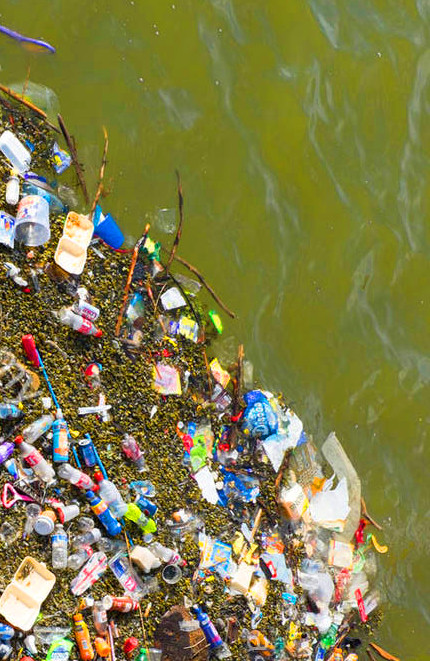Plastic waste weighed
 Millions of tonnes of household and industrial plastics continue to disintegrate in Australian landfills, rivers, and oceans each year.
Millions of tonnes of household and industrial plastics continue to disintegrate in Australian landfills, rivers, and oceans each year.
Like the extensive mapping efforts carried out in the giant Pacific garbage patch, Flinders University is leading research into the gradual accumulation of degrading plastic waste in local coastal areas and the Gulf St Vincent, encompassing vital marine park zones and commercial fisheries.
A recent study, published in the Marine Pollution Bulletin, shows the rising density of microplastic particles in the Gulf St Vincent.
This study, based on two years of microplastic density mapping conducted by experts from the South Australian Research and Development Institute (SARDI), the research branch of Primary Industries and Regions SA (PIRSA), raises significant concerns.
Researchers warn that the compounding pollution issues will persist across all environments.
This warning comes as global plastic production is set to double over the next two decades due to population growth.
“Microplastics are manufactured using various toxic chemicals, are durable, pervasive and can absorb other harmful pollutants within the marine environment,” says Professor Sophie Leterme, from Flinders University’s Institute for NanoScale Science and Technology.
“Potentially, accumulation areas with high densities of microplastics in South Australian waters remain undiscovered - even though these particles are increasingly finding their way into marine trophic webs and are ingested by organisms.
“Ingestion of microplastics by humans is also a concern, including through contaminated food consumption.”
Researchers propose that a newly developed system for monitoring and measuring microplastic accumulation in local waters and freshwater streams can be adapted to local conditions.
This adaptation could be crucial in safeguarding South Australia's marine economy, which was valued at $2.3 billion in 2019, with the Gulf St Vincent (GSV) contributing significantly.
Both Spencer Gulf and GSV, being large semi-enclosed water bodies or inverse estuaries, become progressively saline as they extend inland. In GSV, wind-driven residual currents create ideal oceanographic conditions for trapping plastic debris.
Researchers collaborated to develop a hydrodynamic model of gulf currents, which drove a simulation tracking microplastics from two coastal freshwater sources, the Onkaparinga and Torrens rivers.
The results were used to forecast microplastic pollution densities in Gulf St Vincent and pinpoint potential accumulation zones.
The study also focused on simulating the trajectories of microplastic particles that could infiltrate marine park boundaries in the gulf, underscoring the threat to natural protected areas and the broader ecosystem.
Microplastics, defined as particles smaller than 5 mm, are emerging as a significant source of pollution, posing threats to the health of ecosystems, including marine and freshwater environments, the built environment, and agricultural lands.








 Print
Print